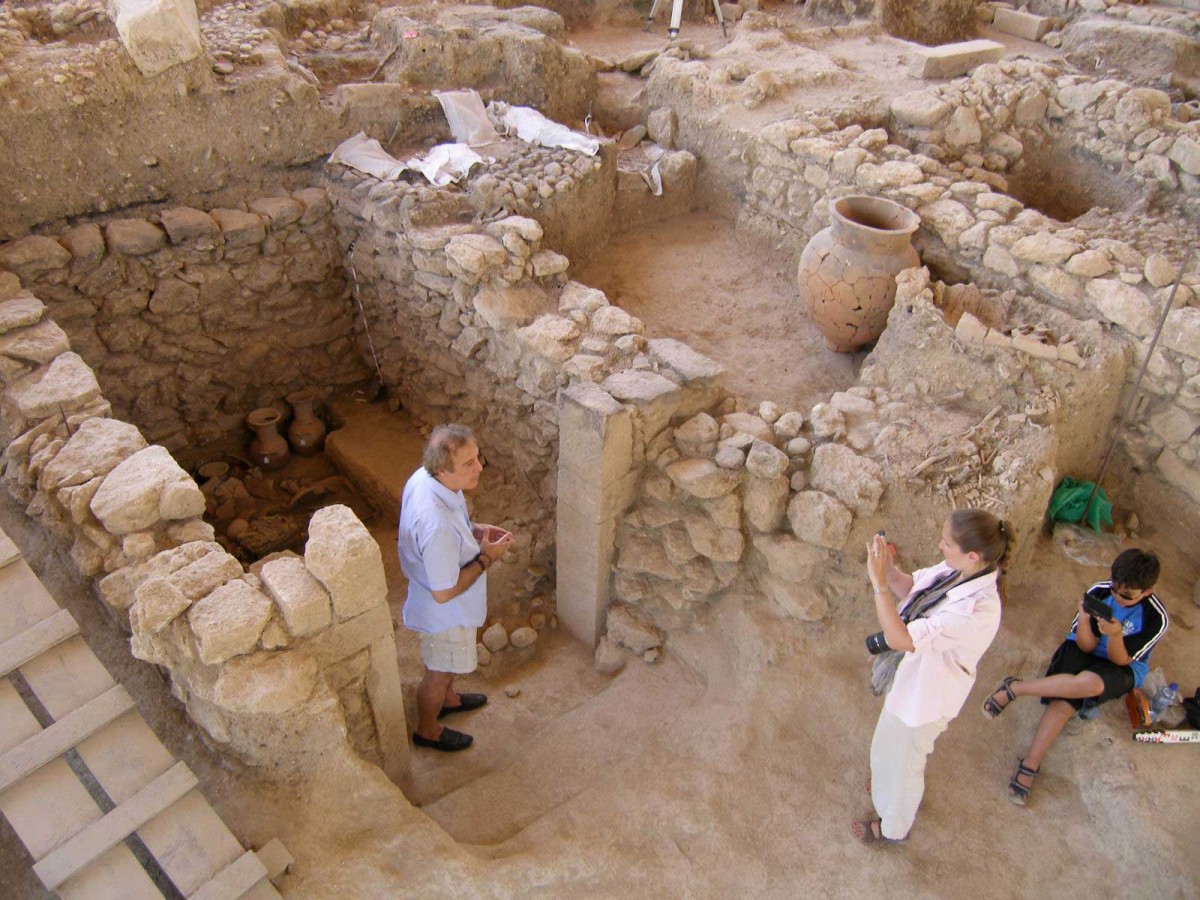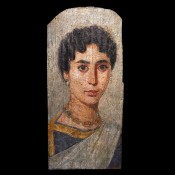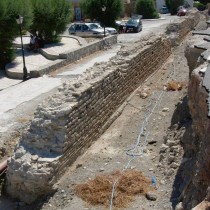Nicholas Stampolidis, Professor of Classical Archaeology and Director of the Museum of Cycladic Art (Athens), will give a lecture on Eleutherna on Crete, at the Metropolitan Museum of Art (New York).
Ancient Eleutherna is one of the capital cities of ancient Crete with a history of about 5000 years (3000 BC-1300 AD).
Situated on the NW ridges of the highest Cretan mountain, Mount Ida, the city stands out like a huge stoned ship that anchored amid the breathtaking silvery-green of the olive-trees, oaks and vineyards. Thousands of people have lived on this hill in the course of history but the most important period was the Early Iron Age (1000-600 BC), i.e. the period of the Homeric epics (Iliad and Odyssey).
The verses of this great poet, Homer, are illustrated by the history and especially the funerary customs unearthed in Eleutherna’s most important necropolis at Orthi Petra (i.e. Standing Stone).
Thousands of artifacts –made of gold, silver, bronze, iron, clay, glass, faience etc.– of unique artistic and historical importance will be the focus of this lecture, vividly proving the interconnections between Eleutherna and the other Cretan cities as well as with the Aegean, the Dodecanese, Asia Minor, Cyprus, Phoenicia, Syria and the Near East, Egypt and the central Mediterranean (including possibly Sicily and Etruria).
It should be noted that in 2010 Eleutherna was placed among the TOP 10 discoveries of the World by the Archaeology Magazine
The lecture is scheduled for Friday, May 10th, 2013 as part of The Metropolitan Museum of Art’s annual series “Lectures in Cycladic and Ancient Greek Art” dedicated to the fondest memory of Dolly Goulandris, founder of the MCA.





